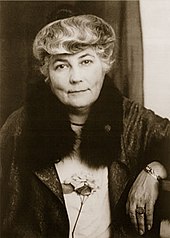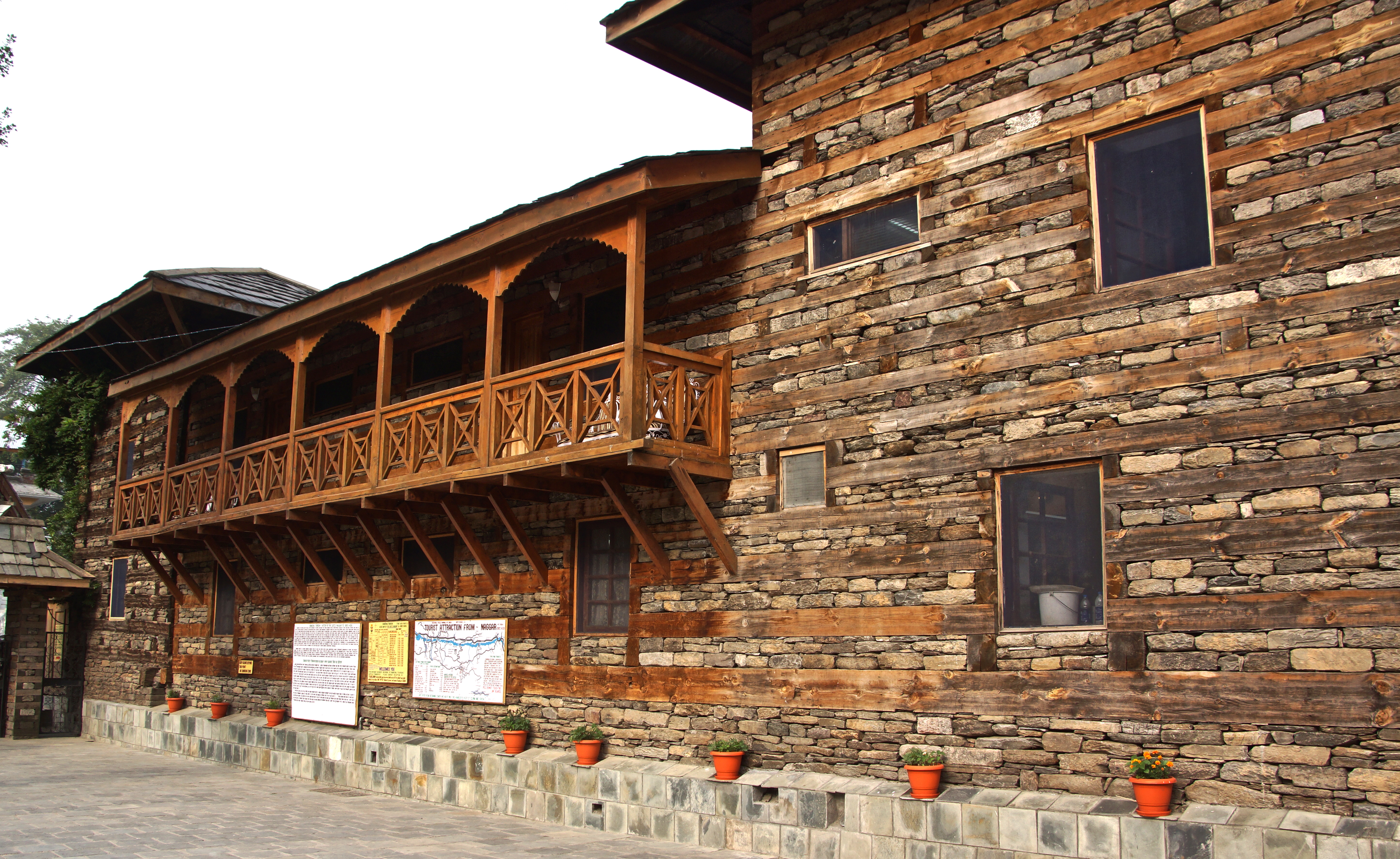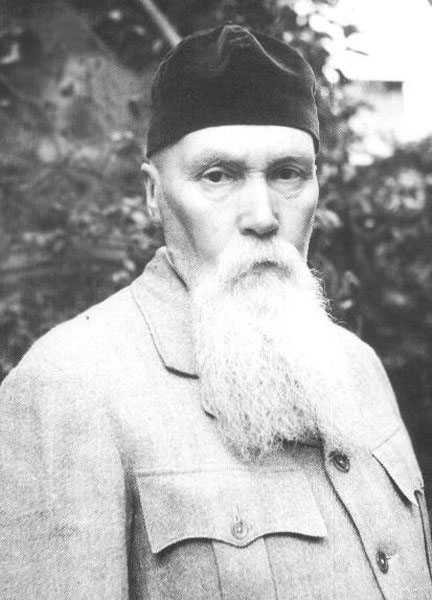
Nicholas Roerich (/ˈrɜrɪk/; October 9, 1874 – December 13, 1947)
known also as Nikolai Konstantinovich Rerikh (Russian: Никола́й Константи́нович Ре́рих) – was a Russian painter, writer, archaeologist,theosophist, perceived by some in Russia as an enlightener,[1] philosopher, and public figure, who in his youth was influenced by a movement in Russian society around the occult. He was interested in hypnosis and other spiritual practices and his paintings are said to have hypnotic expression.[2][3]
known also as Nikolai Konstantinovich Rerikh (Russian: Никола́й Константи́нович Ре́рих) – was a Russian painter, writer, archaeologist,theosophist, perceived by some in Russia as an enlightener,[1] philosopher, and public figure, who in his youth was influenced by a movement in Russian society around the occult. He was interested in hypnosis and other spiritual practices and his paintings are said to have hypnotic expression.[2][3]
Born in Saint Petersburg, Russia to the family of a well-to-do notary public, he lived in various places around the world until his death in Naggar,[4] Himachal Pradesh, India. Trained as an artist and a lawyer, his main interests were literature, philosophy, archaeology, and especially art. Roerich was a dedicated activist for the cause of preserving art and architecture during times of war. He earned several nominations for the Nobel Peace Prize long list.[5]The so-called Roerich Pact was signed into law by the United States and most nations of the Pan-American Union during April 1935.
Helena Ivanovna Roerich

Helena Ivanovna Roerich (born Shaposhnikova) (Russian: Елéна Ивáновна Рéрих; February 12, 1879 – October 5, 1955) was a Russian philosopher,[2]writer, and public figure. In the early 20th century, she created, in cooperation with the Teachers of the East, a philosophic teaching of Living Ethics («Agni Yoga»).[3] She was an organizer and participant of cultural and enlightened creativity in the U.S., conducted under the guidance of her husband, Nicholas Roerich. Along with her husband, she took part in expeditions of hard-to-reach and little-investigated regions of Central Asia (1924—1928). She was an Honorary President-Founder of the Institute of Himalayan Studies «Urusvati» in India and co-author of the idea of the International Treaty for Protection of Artistic and Scientific Institutions and Historical Monuments (Roerich’s Pact). She translated two volumes of the «Secret Doctrine» of H. P. Blavatsky, and also selected Mahatma’s Letters («Cup of the East»), from English to Russian.
https://en.wikipedia.org/wiki/Helena_Roerich
Roerich Pact
The Treaty on the Protection of Artistic and Scientific Institutions and Historic Monuments or Roerich Pact is an inter-American treaty. The most important idea of the Roerich Pact is the legal recognition that the defense of cultural objects is more important than the use or destruction of that culture for military purposes, and the protection of culture always has precedence over any military necessity.
https://en.wikipedia.org/wiki/Roerich_Pact
The Roerich Pact[edit]
In 1929 Roerich in collaboration with Paris University professor George Chklaver prepared a draft of an international treaty dedicated to protection of cultural values. The scheme was to be a cultural analog to the Red Cross for medical neutrality.
In 1930, text of draft agreement with accompanying Roerich’s appeal to governments and peoples of all countries was published in press and distributed in government, scientific, artistic and educational institutions of the whole world. As a result, the committees supporting the Pact were established in many countries. The draft pact was approved by Committee for Museum affairs at League of Nations and also by the Committee of the Pan-American Union. Ultimately, the Pact was signed by 21 states in the Americas and was ratified by ten of them.
A few years after the Second World War, the Roerich Pact played an important role in forming of international law standards and public activity in the field of protection of cultural heritage. In 1949, at the fourth session of general UNESCO conference, a decision was accepted to begin the work for international law regulation in the field of cultural heritage protection in case of armed conflict.
Ideas of Roerich Pact still are not implemented in the international law, especially its principle of the almost unlimited preference of the preservation of cultural values to the military necessity.

The Nicholas Roerich Museum in New York City is dedicated to the works ofNicholas Roerich, a Russian-born artist whose work focused on nature scenes from the Himalayas.[1] The museum is located in a brownstone at 319 West 107th Street on Manhattan's Upper West Side. The museum was originally located in the Master Apartments at 103rd Street and Riverside Drive, which were built especially for Roerich in 1929.[2]





























